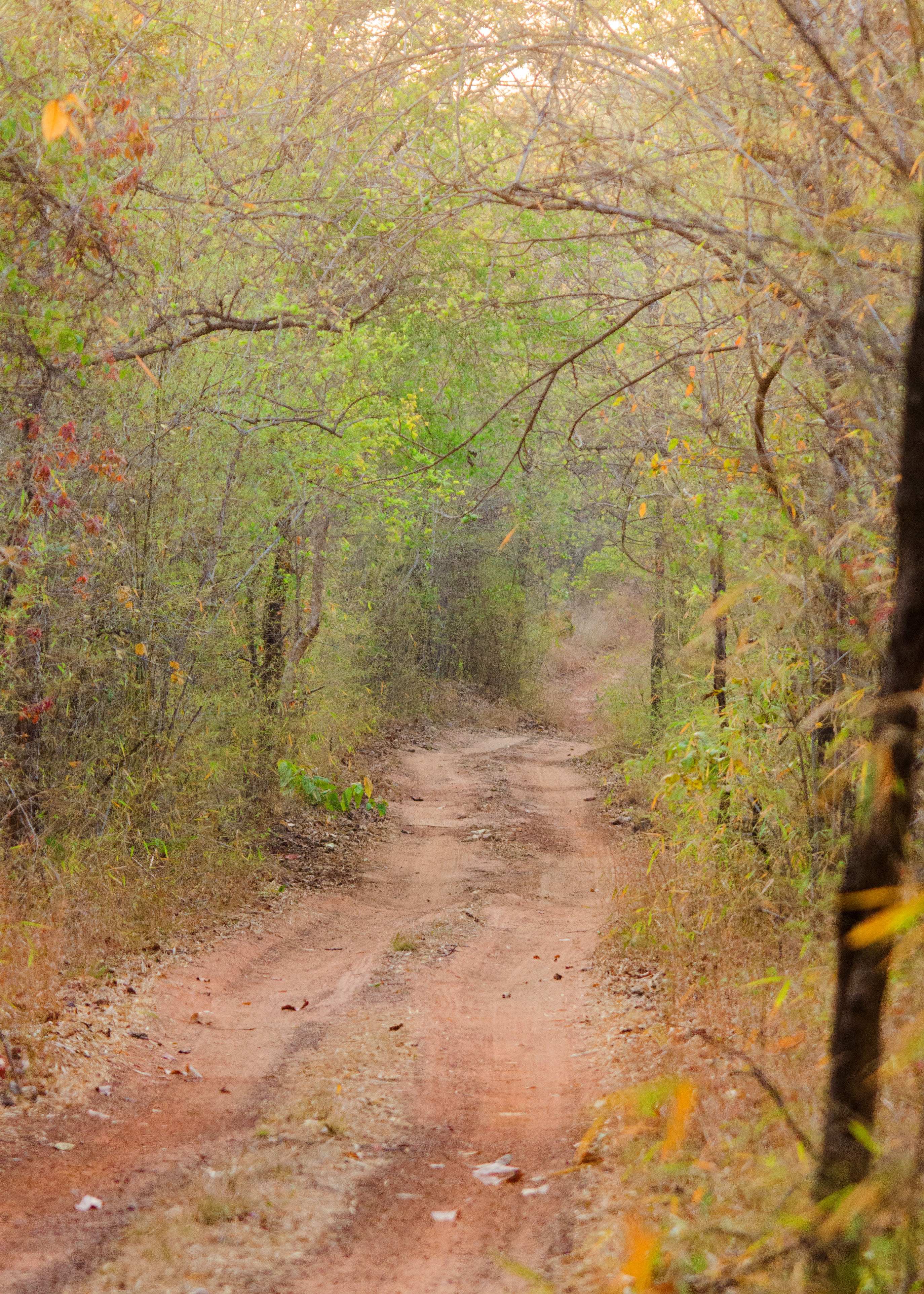Tadoba Andhari Tiger Reserve represents a remarkable confluence of ecological preservation and cultural heritage in Maharashtra's Chandrapur district. The reserve embodies a profound narrative of conservation, indigenous traditions, and biodiversity that extends far beyond its geographical boundaries.
The landscape is intimately connected with the Gond tribe's historical presence, where tigers were revered as powerful spiritual symbols. Local mythology, particularly the story of Taru—a village chief killed by a tiger—demonstrates the deep spiritual relationship between human communities and wildlife. This narrative is symbolically represented by a temple dedicated to Taru, located near Tadoba Lake, which remains a significant cultural landmark for Adivasi communities.
Established in 1955 as Tadoba National Park and later merged with Andhari Wildlife Sanctuary in 1995, the reserve showcases a deliberate approach to wildlife conservation. The British colonial administration's early forest preservation efforts laid critical groundwork, recognizing the ecological significance of this region decades before modern conservation movements emerged.
The reserve's ecosystem is extraordinarily diverse, hosting an impressive array of wildlife including Bengal tigers, Indian leopards, sloth bears, and numerous bird species. Teak and bamboo forests interspersed with grasslands create complex habitats that support this rich biodiversity. The Tadoba Lake and Andhari River serve as crucial lifelines, sustaining intricate ecological networks throughout the landscape.
Modern conservation strategies at Tadoba emphasize community involvement and immersive experiences. Unique policies like prohibiting mobile phones during safaris reflect a commitment to meaningful environmental engagement. The reserve's approach goes beyond traditional protection models, integrating local cultural practices with scientific wildlife management.
Interestingly, the reserve has developed a distinctive cultural practice of naming tigers after Bollywood personalities, adding a contemporary layer to its traditional narrative. This innovative approach helps generate public interest and emotional connection with wildlife conservation efforts, bridging traditional ecological knowledge with popular culture.
The region's socio-ecological significance extends beyond its immediate geographical context. As one of India's premier tiger reserves, Tadoba represents a critical node in national biodiversity conservation strategies. Its success demonstrates how carefully managed protected areas can simultaneously preserve wildlife, support indigenous communities, and maintain ecological balance.
By harmonizing scientific conservation principles with deep-rooted cultural reverence for nature, Tadoba Andhari Tiger Reserve emerges as a profound testament to the intricate relationship between human societies and their natural environments. It stands not merely as a protected area, but as a living, breathing ecosystem that continues to evolve and inspire.








